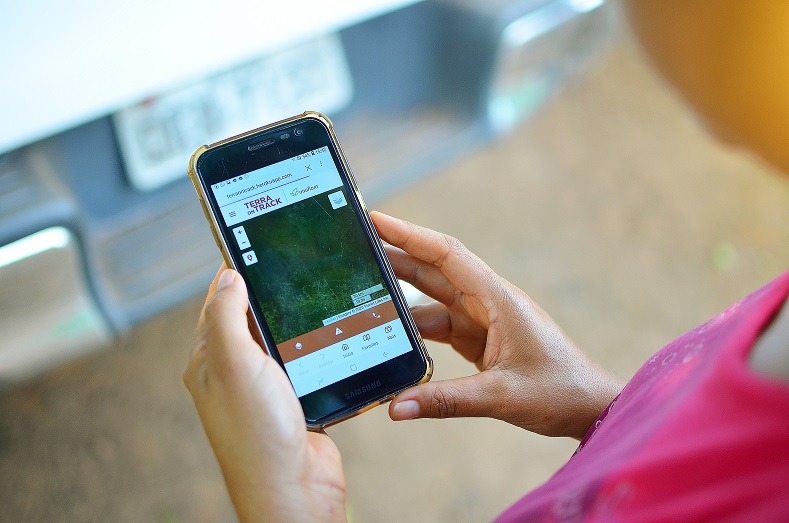Indigenous women and women of isolated rural communities express interest in using geospatial technology to protect community forests in the Brazilian Amazon
The Origens Brasil® network, facilitated and administrated by the Brazilian NGO Imaflora, connects community producers, based in corridors of protected areas (Territories) in the Amazon, with the consumer market to boost ethical trade relations and value the production that helps keep the forest standing. The Territories are extensive and diverse in terms of products and people who live there.
The people and communities that form the Origens Brasil® network are a targeted user group of TerraOnTrack, a web application that is being co-developed with SERVIR-Amazonia. The application allows traditional communities and indigenous people to quickly identify potential threats to their territories and monitor illegal activities on the ground, which in turn will increase forest protection and territorial management capacity.
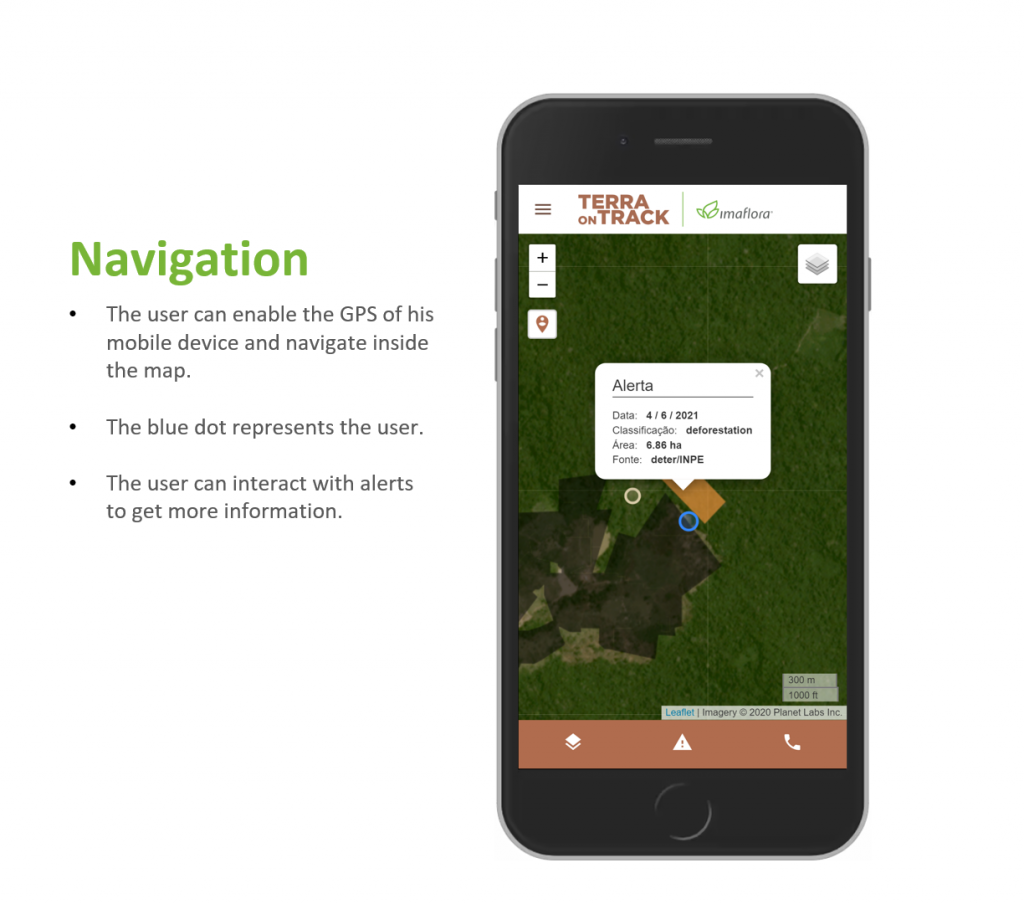
TerraOnTrack will also highly benefit the monitoring system of the Origens Brasil® network that Imaflora has been managing for 3 years. TerraOnTrack could make the monitoring system far more agile. To date, the indicators are collected and answered by the technicians of the support institutions (who provide technical support, assisting with the registration of producers the measurement of goods and volumes produced), as well as by the beneficiary producers and network members themselves. Data collection currently takes place through a questionnaire application.
The monitoring system seeks among other objectives to assess the impact of the network on the women who integrate it by gathering information on production, their methods of involvement in decision-making and their perceptions of the changes that occur with their inclusion in the network. As participants in the current monitoring system, women pointed out the possibilities that the TerraOnTrack application brings for the identification of threats to their product collection areas, as well as location, product volumes and other functionalities that may be developed.
Potential use of TerraOnTrack
Ten women from two rural and indigenous communities in the northern region of Para state were interviewed during the preliminary version presentation and usability tests of TerraOnTrack in 2021. They showed strong interest in learning how to use the tool. Although the tool is focused at identifying threats to the territory, the women saw it as an opportunity to map several other occurrences in the daily lives, such as size, location and environmental and conservation conditions of their plantations; volumes of products; information on family farming in their lands (production and location); mapping of endemic diseases, pesticide use outbreaks, public facilities of health and education and even natural resources for tourism. New features are being evaluated for the second version of the application aiming to incorporate at least one of these demands since they are in line with the TerraOnTrack objectives.
In early 2022, Imaflora came together as a “Community of Practice” with women researchers to foster the use of geospatial tools and to incorporate their experiences in the TerraOnTrack service development. The group is called “Meninas da Geo” and part of the Federal Institute of Pará and the Federal Rural University of the Amazon. The group is researching geotechnologies and providing extension services to rural communities in Pará State. Next meetings will allow to identify synergies between the group’s projects and those developed by Imaflora, exchange experiences, and discuss potential for dissemination of TerraOnTrack.
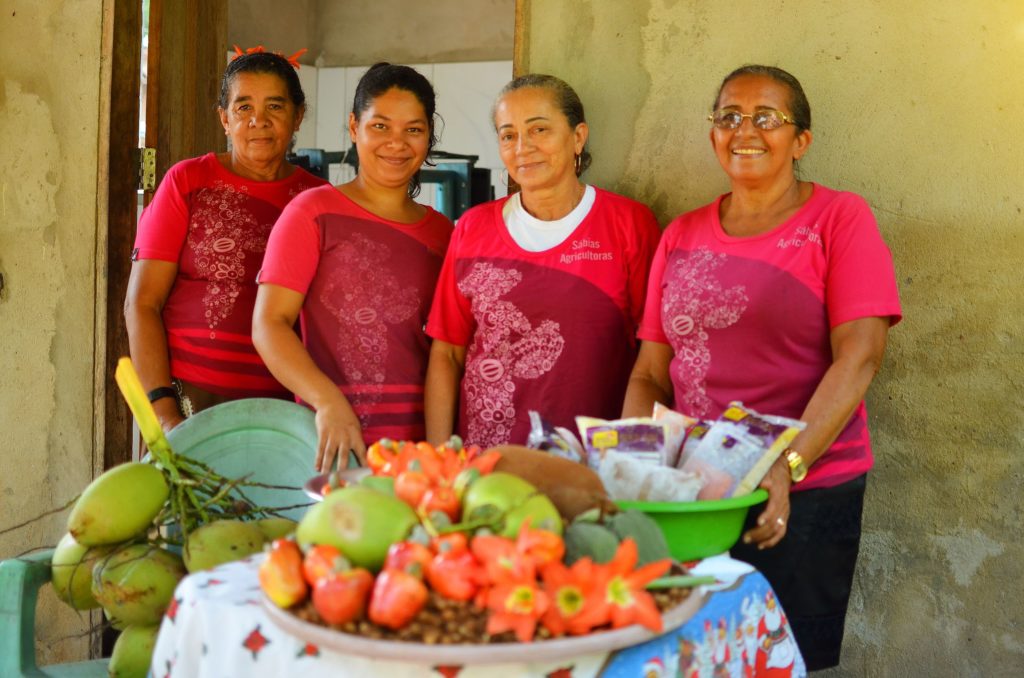
Women producers, State of Pará. Credit: Imaflora
Who are the women of the Origens Brasil® network?
In the Origens Brasil® network, which operates in five territories – Xingu, Calha Norte, Rio Negro, Solimões and Tupi Guaporé – counts a total number of 848 registered women, representing 45% of all the membe of the network. Of this total, 104 women are extractivists (collectors of nuts and other non-timber products), 661 are indigenous and 83 are quilombolas [members of isolated rural communities that were created by former runaway slaves].
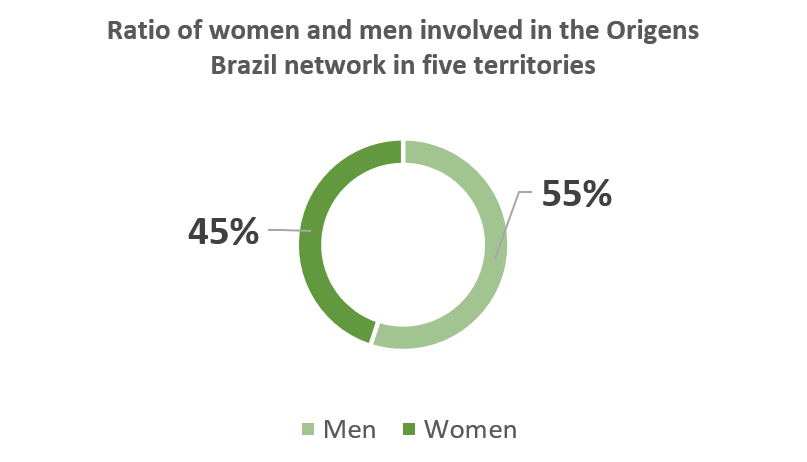
A few of the productive activities that women are most involved in is hand-crafted products, Brazil nuts and cassava flour. The graph below shows the number of women registered as producers in the five territories.
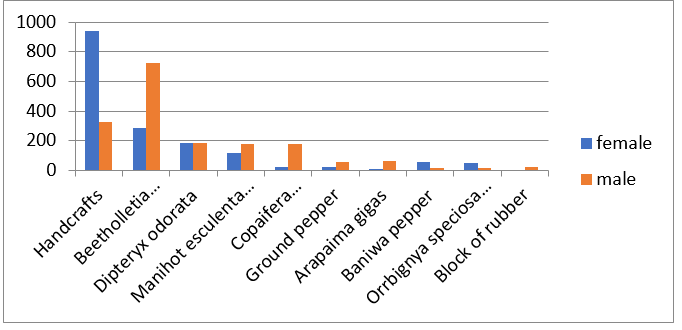
Indicators, created specifically for women, aim to capture the level of their involvement in decision-making for product sales. The data shows that the majority (78%) of women participate in this decision, despite only 39% of this total having answered that they participate sometimes, as shown in the graph below.
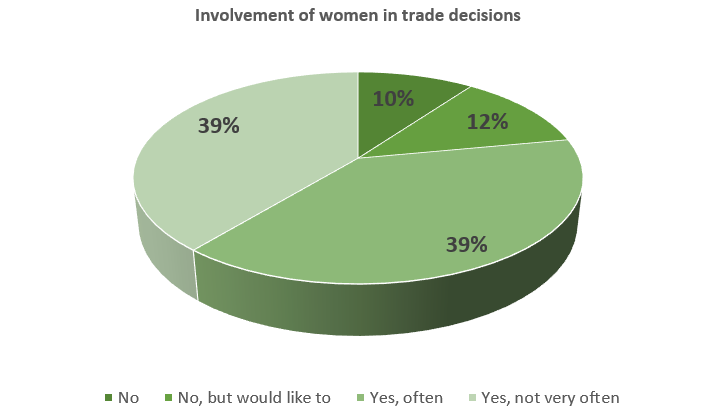
We also identified a low involvement of women in the Origens Brasil® training courses. As mentioned earlier, language may be a factor, however, the greater involvement of young women in the Calha Norte training courses may be an indicator that older or married women have a responsibility with household chores and children. According to Mariana Finotti, project coordinator of Imaflora / Origens Brasil®, the data is still being processed and will be analyzed. The process of analysing the information, however, is already allowing for insights to be drawn based on the monitoring of some trade relationships. For example, the satisfaction of indigenous women when they see their handicrafts valued and transformed into bags, shoes, lamps, is visible.
On the other hand, the involvement of women in nut gathering is mostly imperceivable, either because the production is sold in the name of men or because they perform activities that are not accounted for in production, such as cracking the nuts, providing meals and taking care of children while the collectors go into the forest with the whole family.
These preliminary perceptions show that there is room to increase women’s involvement through the application of the tool or in production and in decision-making. With the systematized results, the network members will be able to delve deeper into the analysis to assess better the improvements needed and their implementation.



